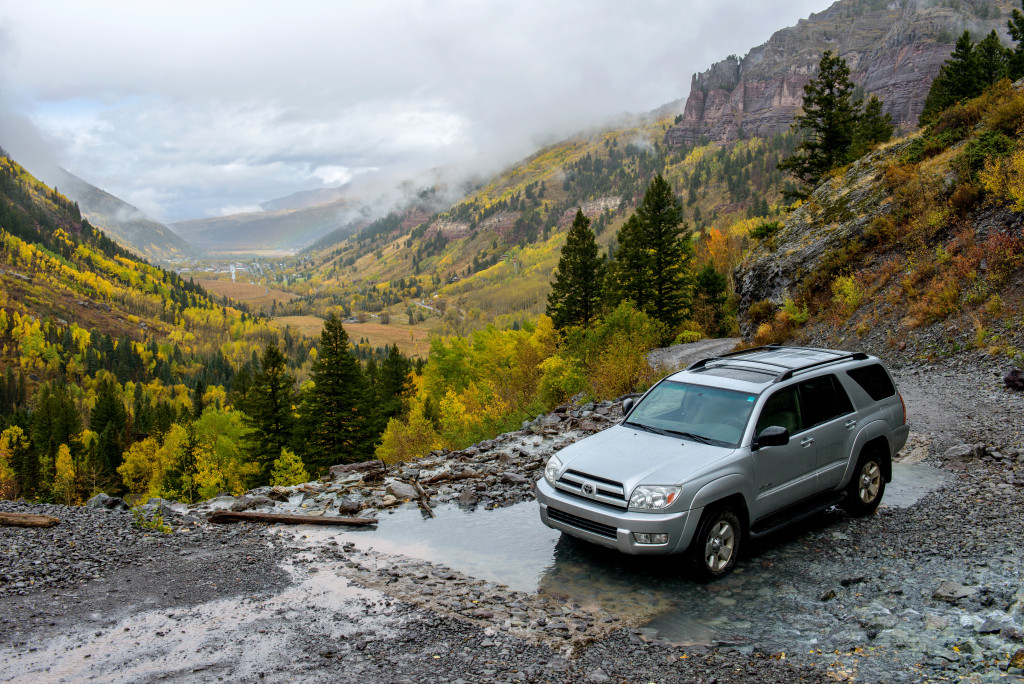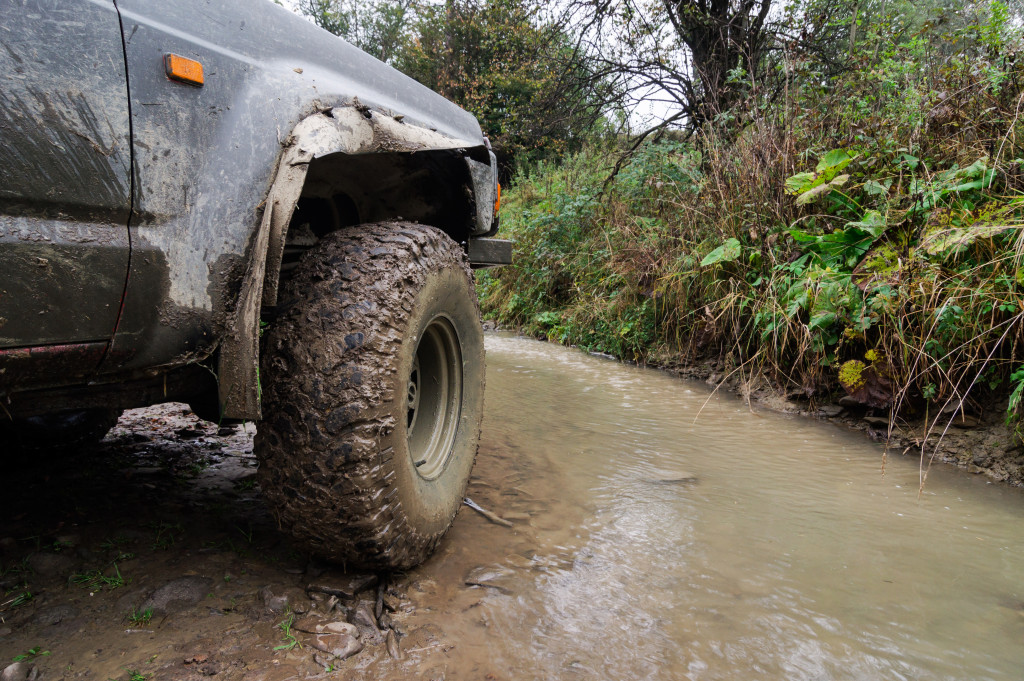Have you ever wanted to try something new that would get your heart racing and blood pumping? If so, driving on rough roads might be just the thing for you! Hearing the phrase “rough roads” is enough to send a thrill down your spine. But what exactly are rough roads, and how do you drive on them? Keep reading to find out!
What Are Rough Roads?
Rough roads are exactly what they sound like: uneven roads, full of potholes, or otherwise in poor condition. They can be dirt, gravel, sand, snow, or ice. Basically, any road that isn’t smooth and even can be considered a rough road.
When it comes to driving, the condition of the road can have a significant impact on safety. While potholes and cracks often come to mind when thinking about rough roads, they aren’t the only issue. Low-quality road surfaces can also cause problems, such as uneven bumps or dips that lead to a bumpy ride. These issues can potentially cause damage to your car and make it harder to maintain control while driving. In addition, rough roads can create more noise while going and may even increase fuel consumption. So next time you’re out on the road, keep an eye (and ear) out for any rough patches that could interfere with your safe journey.
Why Drive on Rough Roads?
It’s no secret that rough roads can be challenging, uncomfortable, and even dangerous to drive on. So why do some people actively seek them out for adventure? For some, it’s the adrenaline rush of navigating a tough terrain in an off-road vehicle. Others might be drawn to the unique landscape and scenery found on these roads. And for many, it’s the sense of accomplishment and self-sufficiency that comes with successfully making it through a remote or rugged area without outside assistance. Whatever the reason, it’s important to remember that while rough road driving can be exciting, it also requires skill and preparation. From preparing your vehicle to understanding proper safety precautions, always ensure you take the necessary steps before embarking on your off-road adventure.
How to Drive on Rough Roads

Now that we’ve answered the question “what are rough roads?”, it’s time to move on to the following question: “how do you drive on them?” Here are a few tips to keep in mind the next time you find yourself behind the wheel on an adventurous trail:
- Take your time. There’s no need to rush when you’re driving on rough roads. It’s essential to go slowly and carefully so you don’t damage your vehicle or put yourself in danger.
- Watch out for obstacles. Be on the lookout for potholes, branches, and rocks that could cause problems for your tires or suspension. If you see something in the road ahead, try to avoid it.
- Use a four-wheel drive if you have it. This will help improve your traction and make it easier to navigate uneven terrain.
- Bring along supplies. It’s always a good idea to have a spare tire, some tools, and you just in case you run into trouble while you’re out on’t forget to enjoy yourself! Driving on rough roads can be exhilarating, so take some time to soak it all in and enjoy the ride.
Safety tips!
While driving on rough roads can be a lot of fun, it’s essential to always put safety first. Here are a few tips to help you stay safe while you’re out on the trail:
Inspect Your Vehicle Regularly
If you’re driving on bad roads frequently, it’s crucial to inspect your vehicle regularly for any damage that may have occurred. Pay particular attention to your tires and suspension. Those are the parts of your car that are most likely to be affected by potholes and other road hazards. If you notice any damage, get it fixed as soon as possible to avoid further problems down the road.
If possible, invest in accessories that will protect your vehicle from damage. For example, if you’re driving a Tacoma truck, look for sliders. You would not have a hard time doing so because most Tacoma sliders for 2016 to present models are available in the market. These attach to your truck’s frame and help protect it from scrapes, scratches, and other damage that can occur while driving on rough roads.
Drive Slowly and Carefully
This one should be pretty obvious, but it’s worth saying anyway. When the roads are bad, it’s essential to take your time and drive carefully. If you can, avoid potholes altogether. If you can’t, slow down as much as possible before hitting them. Hitting a pothole at high speed can cause serious damage to your vehicle, so it’s always better to play it safe.
It would also be ideal to understand your limits. If a particular road or trail looks too challenging for your skill level, it’s probably best to turn around and find an easier route. There’s no shame in admitting that you’re not ready for a particular challenge. It’s better to be safe than sorry.
The bottom line
Driving on rough roads can be a lot of fun, but it’s important to always put safety first. Inspect your vehicle regularly for any damage, drive slowly and carefully, and be aware of your skill level. If you do all of those things, you should be able to enjoy your off-road adventures without any problems.



